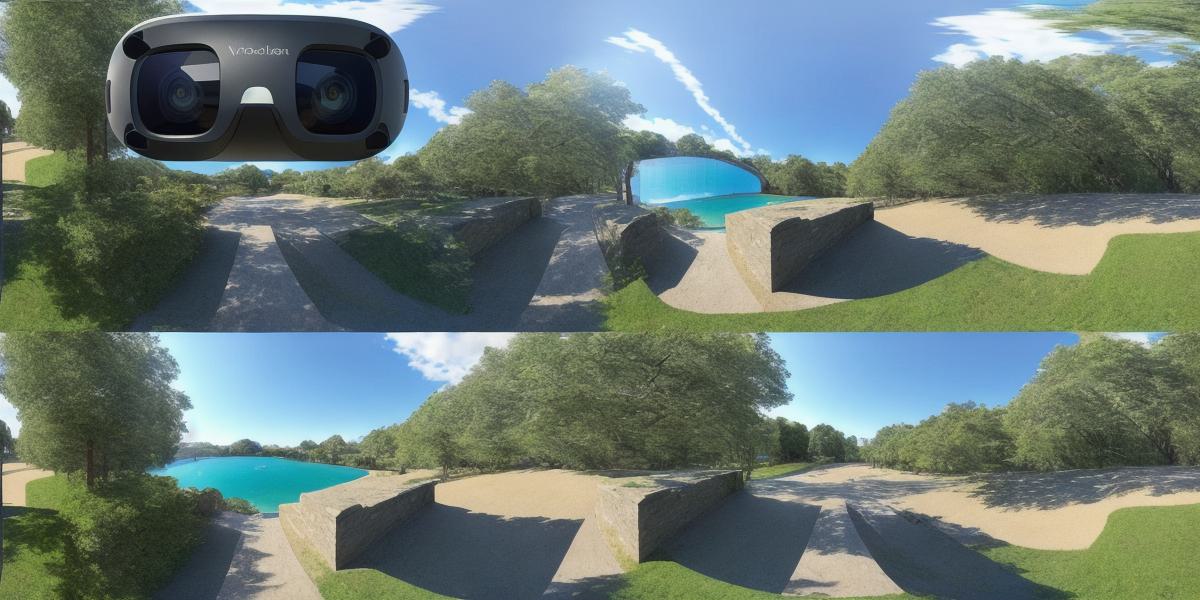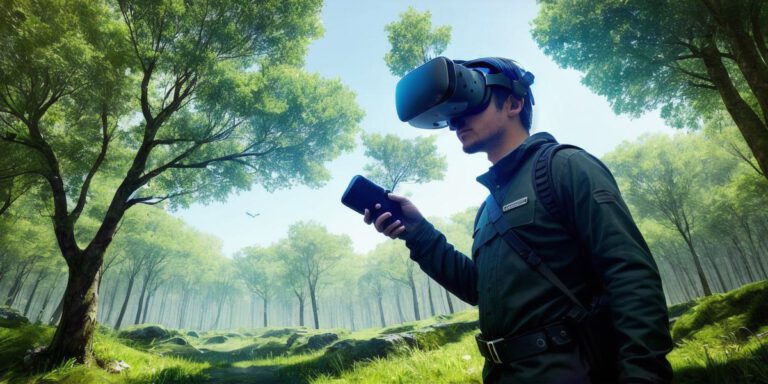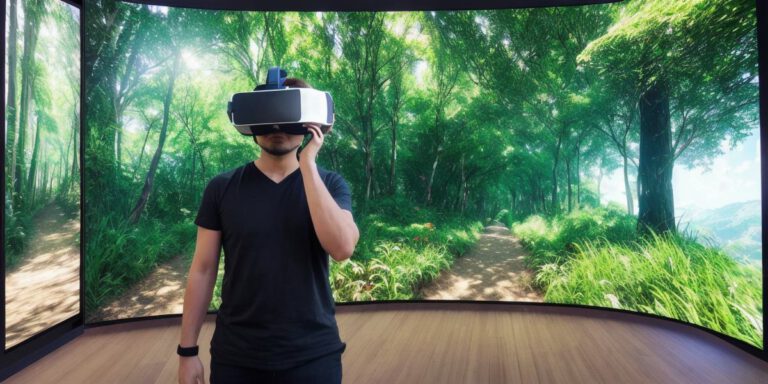What is the difference between 3D and virtual reality? Features, Advantages, Real-world Applications.

The Future of Virtual Reality: Understanding 3D and VR Features, Advantages, Real-World Applications
Virtual reality (VR) is a rapidly growing technology that has the potential to revolutionize the way we interact with digital content. However, with the increasing popularity of virtual reality, it’s important for developers to understand the key differences between 3D and VR technologies. In this article, we will explore the features, advantages, and real-world applications of both 3D and VR, as well as their similarities and differences.
What is 3D?
Three-dimensional (3D) technology refers to the creation of objects or spaces that have depth and can be viewed from different angles. This type of technology has been around for decades and is commonly used in movies, video games, and architectural visualization. 3D technology creates a sense of realism by adding depth to digital content, making it appear more lifelike and immersive.
What is VR?
Virtual reality (VR) is a type of technology that simulates a three-dimensional environment in which a person can interact with objects and other people as if they were real. VR devices, such as headsets, gloves, or full-body suits, track the movement of the user’s body and adjust the environment accordingly. This creates an immersive experience that can transport the user to another world or provide a unique perspective on a familiar environment.
Features of 3D vs VR
While both 3D and VR technologies create a sense of depth, there are several key differences between them. Here are some of the main features of each:
3D

- 3D content can be viewed from any angle, making it ideal for architectural visualization, product design, and other applications where a complete view of an object is necessary.
- 3D technology does not require any special equipment or devices to view, making it accessible to a wide range of users.
- 3D content can be easily edited and manipulated using specialized software, allowing for greater creative control over the final product.
VR
- VR content is designed specifically for immersive experiences, providing a unique perspective on a familiar environment or transporting the user to another world entirely.
- VR technology requires specialized equipment, such as headsets and gloves or full-body suits, which can be expensive and may not be accessible to all users.
- VR content is typically created using specialized software that requires a high degree of technical skill, limiting its accessibility to experienced developers.
Advantages of 3D vs VR
Both 3D and VR technologies have their own unique advantages, depending on the application. Here are some of the main advantages of each:
3D
- 3D technology is widely used in industries such as architecture, product design, and engineering, providing a cost-effective way to visualize complex projects and make informed decisions.
- 3D technology can be easily integrated into existing workflows, allowing for seamless collaboration between teams and stakeholders.
- 3D technology has the potential to revolutionize education and training by providing immersive experiences that can simulate real-world scenarios without the risk of injury or damage.
VR
- VR technology provides a unique opportunity for developers to create truly immersive experiences that can transport users to another world or provide a new perspective on familiar environments.
- VR technology has the potential to revolutionize industries such as healthcare, tourism, and entertainment by providing new ways for users to interact with digital content.
- VR technology can be used for research and development purposes, allowing scientists and engineers to simulate complex scenarios and test hypotheses in a safe and controlled environment.
Real-World Applications of 3D vs VR
Both 3D and VR technologies are being used in a wide range of industries and applications. Here are some of the main real-world applications of each:
3D
- Architectural visualization: 3D technology is commonly used to create detailed models of buildings and other structures, allowing architects and developers to visualize projects in 3D before construction begins.
- Product design








